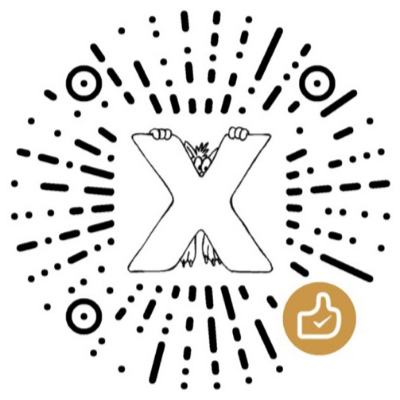“I am ISFP!” When watching Korean dramas, variety shows or online psychological tests, you will often see the word “MBTI”. What exactly is this personality test that is widely circulated in Korea? Can the “MBTI Personality Test” really reveal everyone’s true personality? Do these personality traits help us get to know our work partners in our careers, or are they used to cope with different interpersonal situations? MBTI Personality Test is a personality classification tool based on psychological theory. Its full name is Myers-Briggs Type Indicator. The test is designed to classify people into 16 different personality types based on their personality traits and behavioral patterns. The theoretical basis of the MBTI personality test is Jungian psychology co-founded by Carl Jung and Elmo Briggs. They believe that everyone has their own psychological preferences and behavioral patterns, and these patterns and preferences can be divided into different types. The MBTI test starts with 4 dimensions, each dimension contains two opposite aspects, totaling 8 aspects, and ultimately divides human personality into 16 types. The following is a brief introduction to these four dimensions: 1. Overall tendency (E or I) - Extraversion or Introversion measures an individual’s social and energy sources. Extroverts often choose to be around people and enjoy variety and action, while introverts prefer solitude and deep thought. 2. Information gathering (S or N) - Sensing or Intuition measures how individuals view information. People who think perceptually focus on reality and concrete details, while people who think intuitively focus more on abstractions and concepts. 3. Decision-making style (T or F) - Thinking or Feeling measures the way an individual makes decisions. People with a thinking style focus more on logic and analysis, while people with an emotional style focus more on relationships and relationships. 4. Lifestyle (J or P) - Judging or Perceiving measures an individual’s lifestyle and organizational capabilities. Planners prefer an organized and goal-oriented life, while open-minded people prefer a free and flexible lifestyle. Each dimension has two possible types. These types combine to form 16 different personality types, such as ISTJ (Introversion-Perceiving-Thinking-Judging) and ENFP (Extroversion-Intuition-Emotional-Perceiving). By completing the MBTI personality test, you can learn about your preferences on each dimension and determine your personality type. This understanding can help you better understand your strengths and weaknesses, as well as how you relate to others and your communication style. The MBTI personality test can be used in many different fields, including psychological counseling, career planning, and team building. Many businesses and organizations also use the MBTI test to understand the interactions and working styles among employees and team members to improve work efficiency and reduce conflicts. The MBTI personality test can measure each person’s personality characteristics and preferences. The MBTI test measures the personality type of an individual based on his preferences and tendencies in situations. These preferences and tendencies may be influenced by factors such as emotion, culture, environment, etc., resulting in test results that do not always accurately reflect an individual’s true personality. In addition, the MBTI test cannot take into account the complexity and variability of personality. Each person is unique and their personality traits and personality types may change over time and experience. Therefore, the MBTI test results are only a reference and cannot fully represent an individual’s true personality. In this world, everyone is unique, with their own autonomy and unique personality. What matters is not what others think of you, but whether you clearly know yourself. As a reference, there is no absolute good or bad personality type. You need to be able to understand your own strengths or blind spots that you may not have thought of. In addition, when dealing with others, we should also understand and understand that everyone has different ideas due to their different energy sources, thought circuits and angles of concern, and do not impose your own ideas on others. Through further thinking like this, it may be helpful when working with others in life and work in the future, making cooperation smoother and more cohesive. If you want to have a deeper understanding of MBTI personality types, you must not miss PsycTest’s ! Here, you can test your MBTI type for free, and there are also various exciting articles waiting for you to explore. PsycTest’s MBTI section will help you better understand yourself and others, master more interpersonal communication skills, and better move towards success and happiness. Let’s discover more exciting content together!
Link to this article: https://psyctest.cn/article/k7xqJXdZ/
If the original article is reprinted, please indicate the author and the source in the form of this link.

